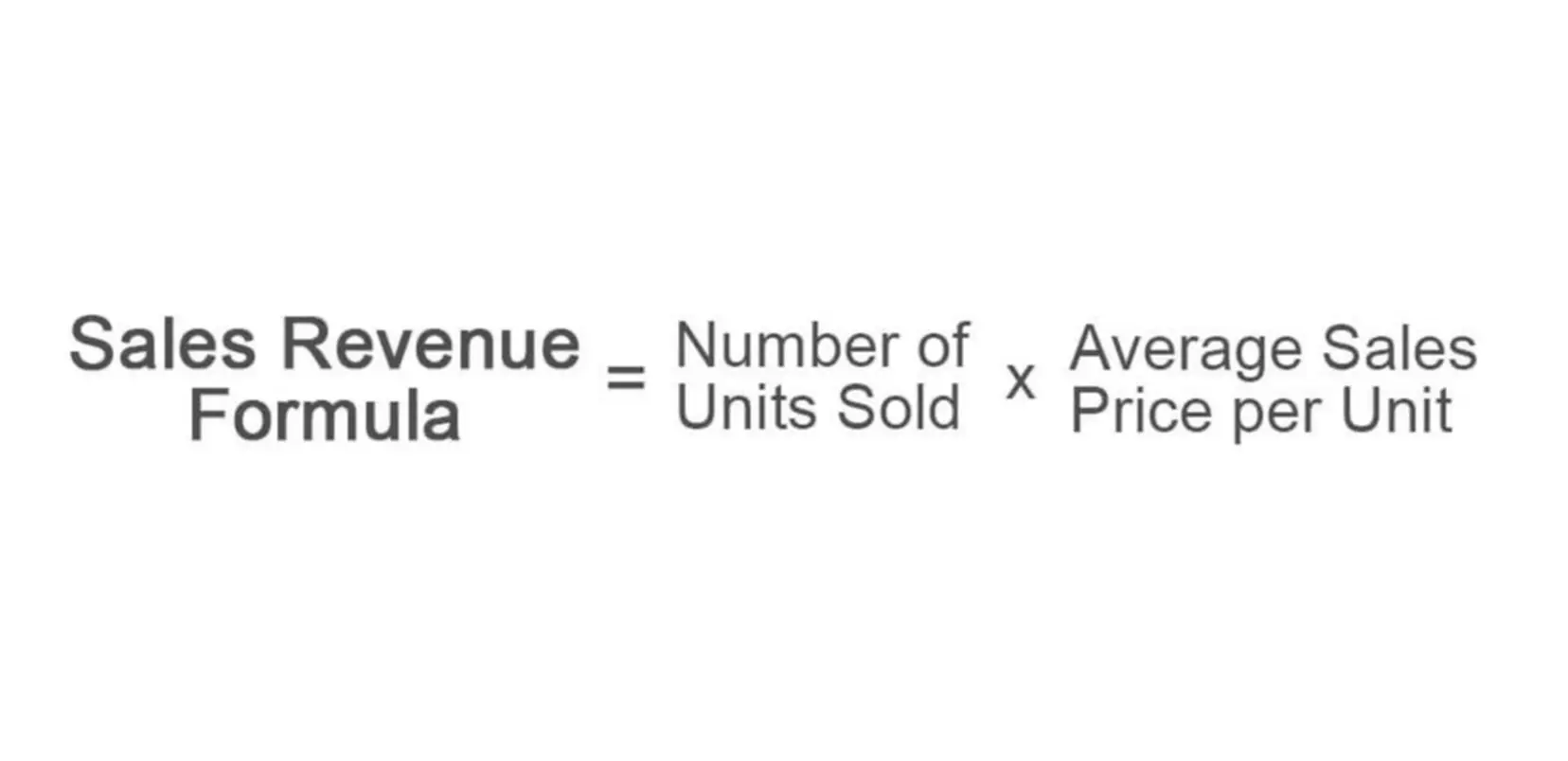Content

Since a ratio is simply a mathematically comparison based on proportions, big and small companies can be use ratios to compare their financial information. In a sense, financial ratios don’t take into consideration the size of a company or the industry. Ratios are just a raw computation of financial position and performance.
A dividend yield is also useful to examine by taking dividends per share divided by price per share. These ratios are useful in the fundamental analysis as an analyst can compare market prospect ratios across different companies to decide where to invest. The book value per share measures the value per share for common equity owners based on the balance sheet value of assets less liabilities and preference shares. Financial planning and analysis professionals calculate financial ratios for the following reasons for internal reasons. In order to calculate the ratios, first, we need to source data from a company’s financial statements. You can use these ratios on a quarterly or annual basis, depending on the type of business you run.
Debtors or Receivable Turnover Ratio
If the low activity ratio, the company may be underusing its resources and could benefit from increased marketing or research and development investment. An essential aspect of total leverage is that it represents only one side of the equation. Basic and diluted outstanding shares also play a role in EPS because they affect how much each shareholder gets. Weighted average shares outstanding consider the number of items sold during the period. It affects earnings per share because it changes how many votes each shareholder has in business decisions.
- For instance a company with a declining ROE could be seen as having more risk than a company in the same industry with an increasing ROI.
- An example of a benchmark set by a lender is often the debt service coverage ratio which measures a company’s cash flow against it’s debt balances.
- It shows investors how efficiently a company uses its assets to generate profits.
- Accounting ratios can provide valuable clues about how well a company manages its finances and how best to optimize its operations.
- The people aspect of the model refers to the company’s social performance and it measures the extent to which the business is socially responsible.
- A CCC metric measures the time it takes from placing an order until receiving the money.
A company may be thrilled with this financial ratio until it learns that every competitor is achieving a gross profit margin of 25%. Ratio analysis is incredibly useful for a company to better stand how its performance compares to similar companies. Using various ratio analysis formulas helps assess the subject company’s financial and operational position. Comparing financial ratios with that of major competitors financial ratio analysis formulas is done to identify whether a company is performing better or worse than the industry average. For example, comparing the return on assets between companies helps an analyst or investor to determine which company is making the most efficient use of its assets. This ratio indicates how profitable the company is overall and helps identify whether there are any problems with asset utilization or liquidity.
Accounting methods and principles
While it may be more fun to work on marketing efforts, the financial management of a firm is a crucial aspect of owning a business. Financial ratios help break down complex financial information into key details and relationships. Financial ratio analysis involves studying these ratios to learn about the company’s financial health. Ratio analysis is important because it may portray a more accurate representation of the state of operations for a company. Though this seems ideal, the company might have had a negative gross profit margin, a decrease in liquidity ratio metrics, and lower earnings compared to equity than in prior periods. Static numbers on their own may not fully explain how a company is performing.

Various abbreviations may be used in financial statements, especially financial statements summarized on the Internet. Sales reported by a firm are usually net sales, which deduct returns, allowances, and early payment discounts from the charge on an invoice. Net income is always the amount after taxes, depreciation, amortization, and interest, unless otherwise stated. Financial ratios may not be directly comparable between companies that use different accounting methods or follow various standard accounting practices.
Market Prospect Ratios
Ratios generally are not useful unless they are benchmarked against something else, like past performance or another company. Thus, the ratios of firms in different industries, which face different risks, capital requirements, and competition are usually hard to compare. Calculate the profit margin for a business with net sales of $57,000 and a net profit of $30,500.
- Or the inventory turnover ratio, calculated as costs of goods sold divided by average inventory, can determine how well a company sells its inventory.
- It is important that companies can readily convert account receivables to cash.
- The operating leverage, also known as working capital or current ratio, is a financial ratio that measures how much a company has available to repay its short-term debts and pay its bills.
- The proprietary ratio divides the total value of a company’s stock owned by the full value of all outstanding shares.
- They can also be used to compare different companies in different industries.
- Finally, a call to action is outlined for readers, urging them to use these ratios in their businesses to improve profitability and efficiency.
As a result, it is important for businesses to examine both financial and non-financial ratios to gain a comprehensive insight into the organisation. Ratios are only as reliable as the data from which they are drawn (financial statements). Let’s look at some of the specific formulas for calculating financial ratios.
Efficiency ratios are a measure of a company’s ability to use its assets and resources effectively. There are several key efficiency ratios that you can calculate in Power BI, including the inventory turnover ratio, the accounts receivable turnover ratio, and the accounts payable turnover ratio. The accounts payable turnover ratio is calculated by dividing total purchases by average accounts payable. By analyzing these ratios in Power BI, you can gain insights into a company’s efficiency and potential areas for improvement. Liquidity ratios are a measure of a company’s ability to meet its short-term financial obligations. There are several key liquidity ratios that you can calculate in Power BI, including the current ratio, quick ratio, and cash ratio.
What are the 3 main categories of ratios?
Financial ratios are grouped into the following categories: Liquidity ratios. Leverage ratios. Efficiency ratios.
Accounting ratios provide an overview of a company’s financial health. Businesses can use them to compare the financial performance of different periods, identify improvement areas, and monitor business conditions changes. Ratios are also crucial for evaluating a company’s management and stock price. There are generally five types of financial ratratios1) profitability, (2) liquidity, (3) management efficiency, (4) coverage, (5) valuation, and (6) solvency. Liquidity ratios are used to measure the ability of a company to pay its short-term debts using liquid assets. In the following examples, students will calculate various financial ratios and interpret the meaning.
There are many types of financial ratios, and each ratio must be interpreted based on the historic ratios of the company, as well as how it compares to its competitors. For example, if a company has cash of $5 million and current liabilities of $4 million, https://www.bookstime.com/ the cash ratio is 1.25. This means that the company has enough cash and cash equivalents to pay off its current liabilities 1.25 times. The dividend yield ratio measures the value of a company’s dividend per share compared to the market share price.
- A low-efficiency Ratio suggests that the company needs to generate profits while using its resources more efficiently.
- A lower days payables outstanding implies that a business is letting go of cash too quickly and may not be taking advantage of longer credit terms.
- The lower the value, the quicker a firm pays its bills and invoices to its trade creditors.
- Organizational culture includes the shared values and beliefs of a business that impacts the daily work environment of employees of an organization.
However, we do know that the company has a problem with its fixed asset ratio which may be affecting the debt-to-asset ratio. The firm’s ability to meet its long-term liabilities at the time of maturity is computed by solvency ratios. First, ratio analysis can be performed to track changes to a company over time to better understand the trajectory of operations. Second, ratio analysis can be performed to compare results with other similar companies to see how the company is doing compared to competitors. Third, ratio analysis can be performed to strive for specific internally-set or externally-set benchmarks.
Debt-Equity Ratio
One fixed charge (expense) is interest payments on debt, but that is covered by the times interest earned ratio. In addition, the company should take a look at its credit and collections policy to be sure they are not too restrictive. Take a look at the image above and you can see where the numbers came from on the balance sheets and income statements. Here is the balance sheet we are going to use for our financial ratio tutorial.
What are the 6 types of ratio analysis?
Financial ratio analysis is often broken into six different types: profitability, solvency, liquidity, turnover, coverage, and market prospects ratios.
Stability ratios are a statistic used in financial planning and forecasting, and they indicate the riskiness of a portfolio and can help make informed investment decisions. It can help with any investment, including stocks, bonds, and real estate. Moreover, it is the percentage of a portfolio’s total value held in riskier assets relative to more stable investments. The higher the turnover ratio, the more efficiently a company uses its resources. Inventory turnover ratios can help detect problems with product mix or excess inventories. High turnover ratios suggest that a company should take advantage of its current market conditions and adjust to improve its business strategy.